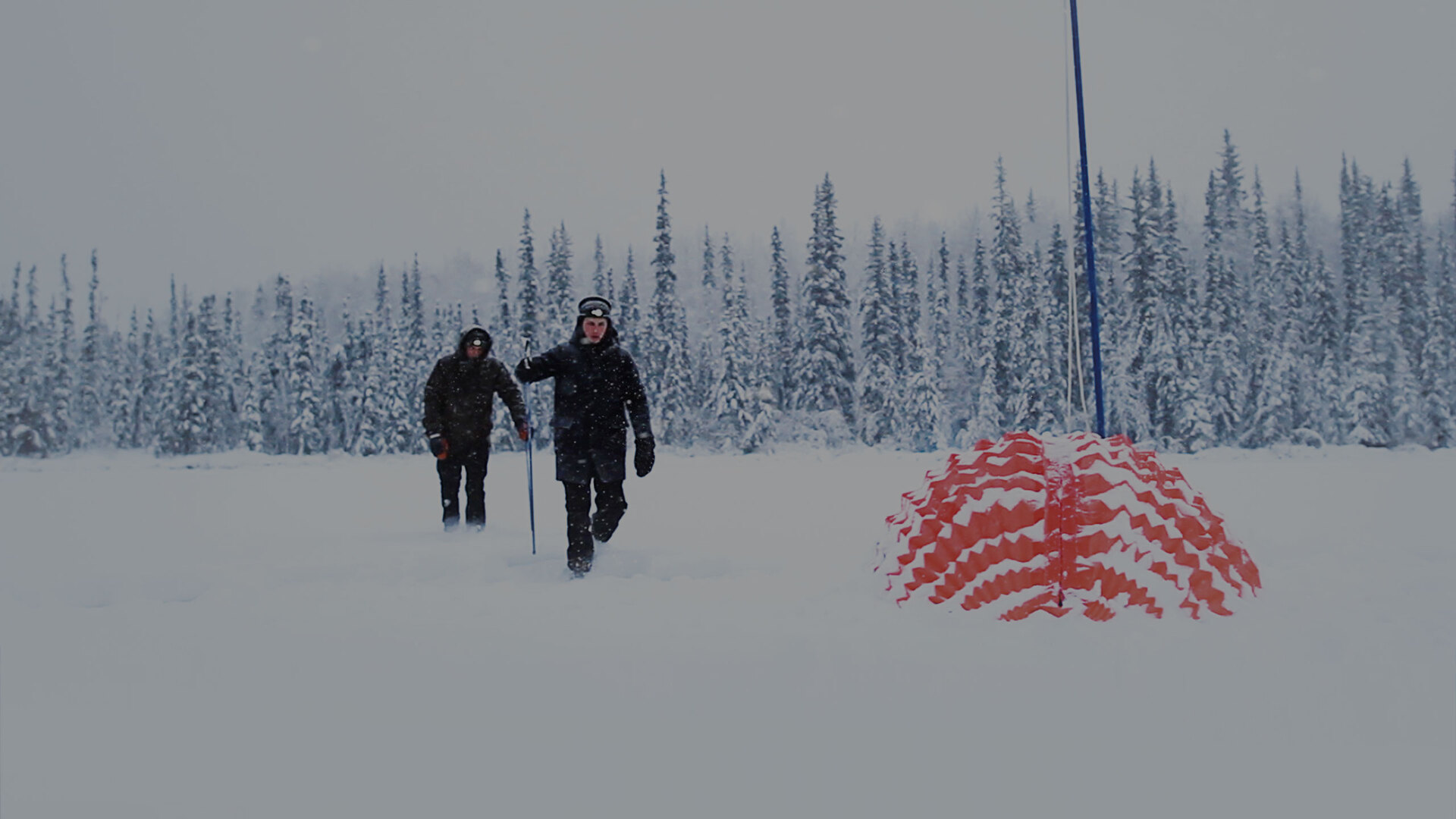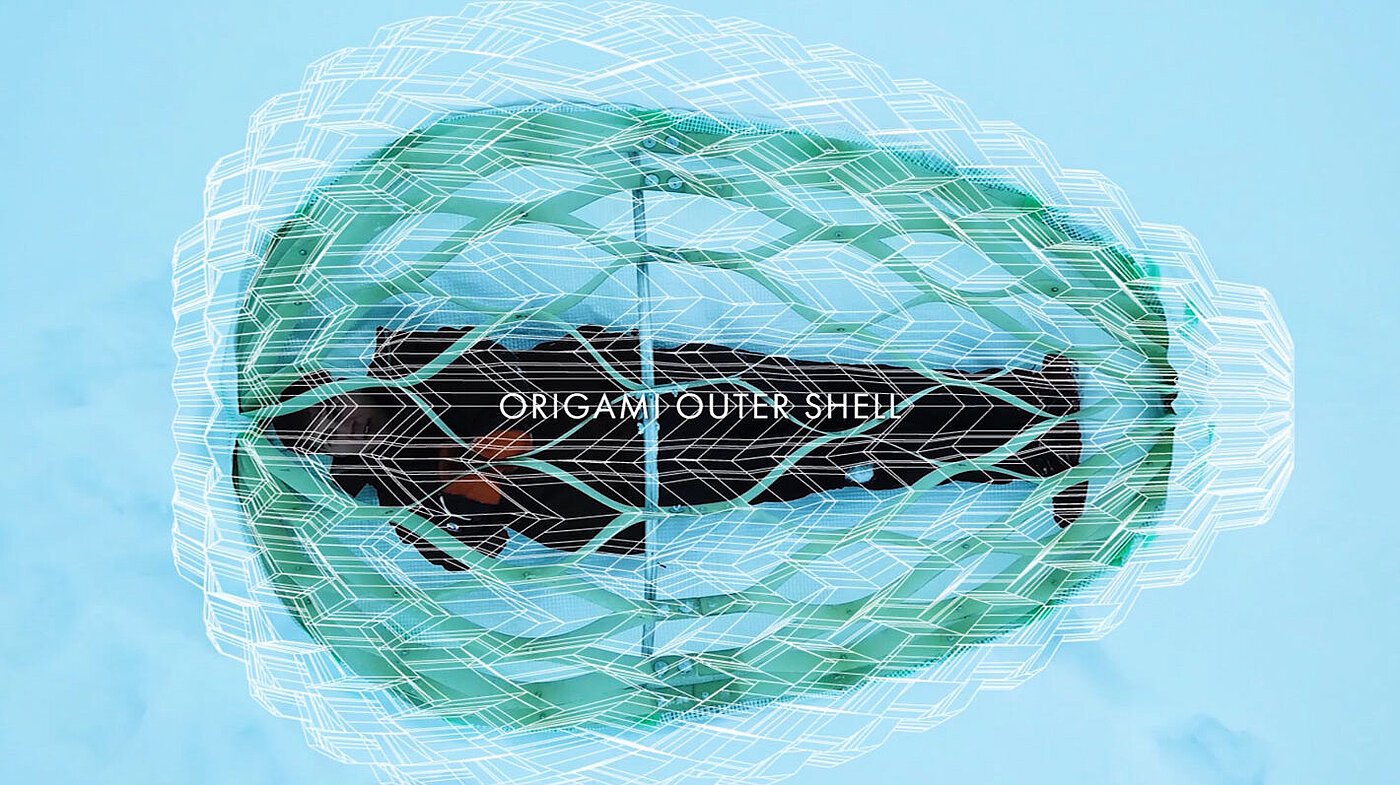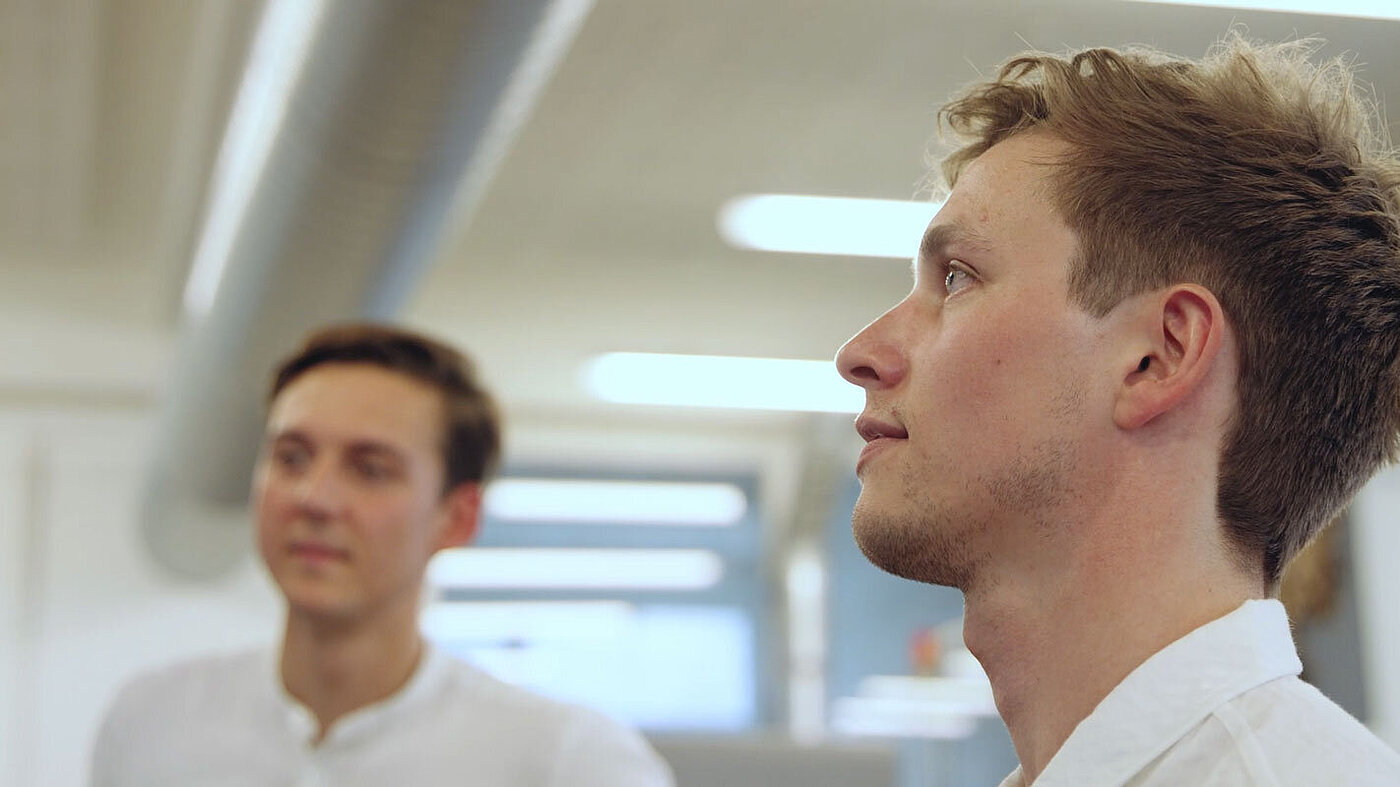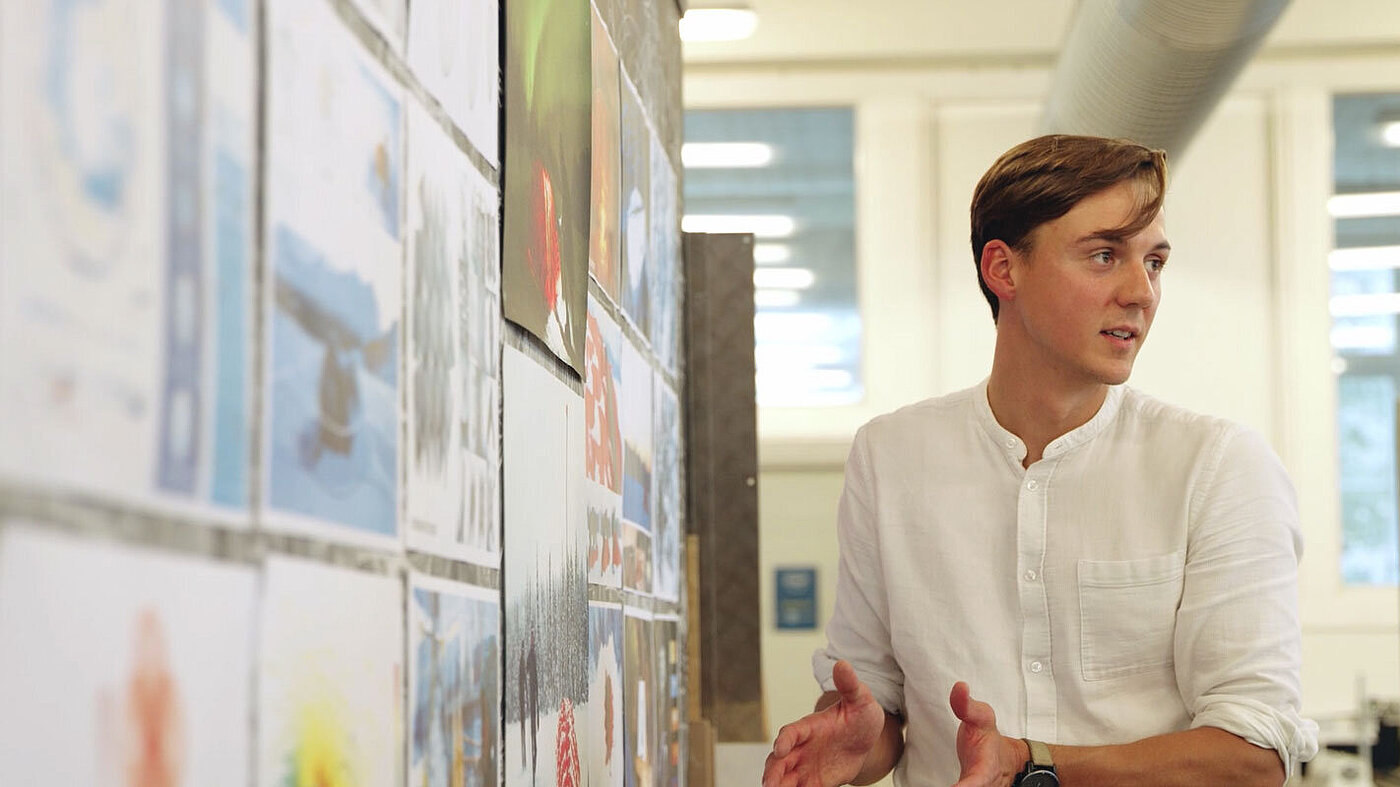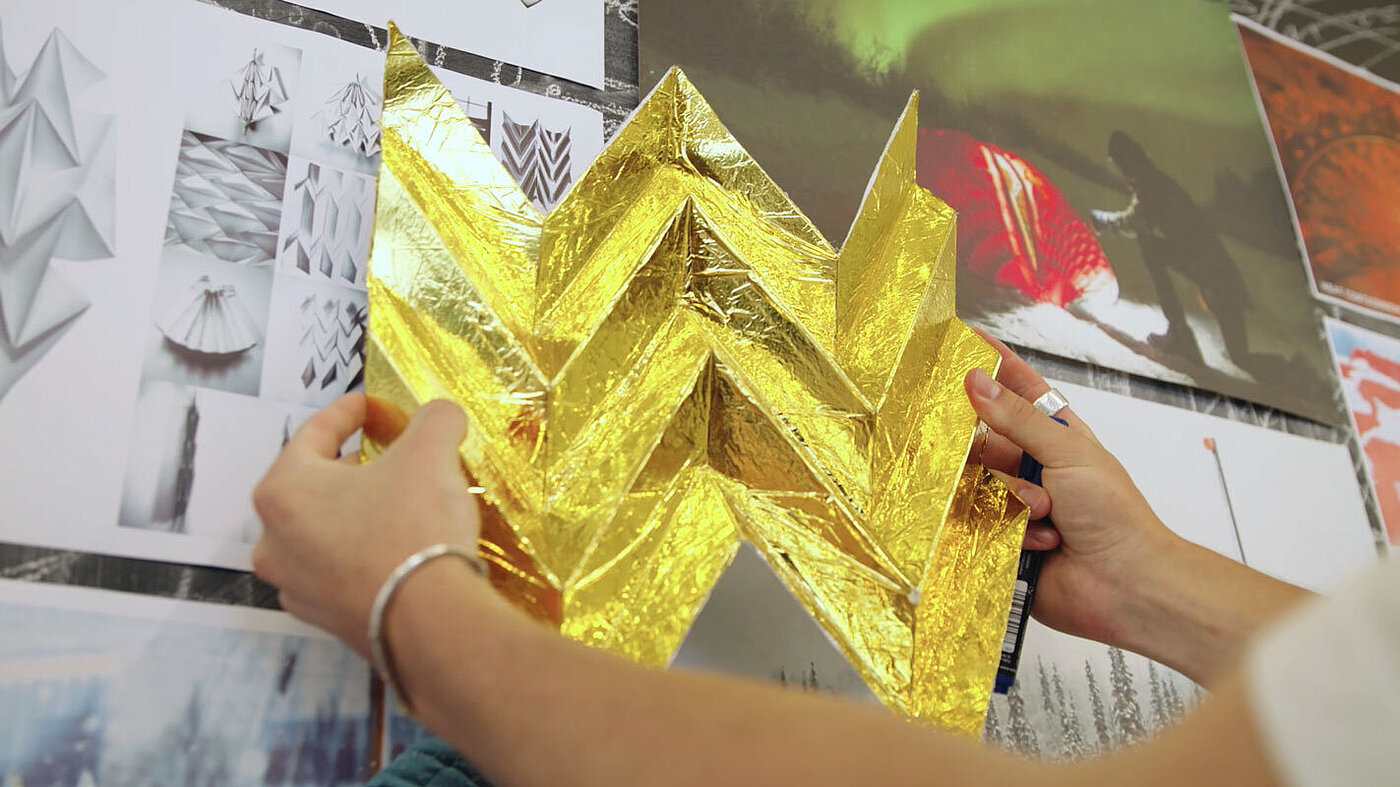Deployable Emergency Shelter nominated for the Red Dot: Luminary at Red Dot Award: Design Concept 2020
Deployable Emergency Shelter from the Sports & Recreation category and is designed by Samuel Baratt from United Kingdom & Henry Glogau from New Zealand. The design concept explores how snow capture can be used as a natural insulator and protective layer in extremely cold environments, through fractional origami skin and lightweight lattice structure. Deployable Emergency Shelter has been nominated for the highest achievement at the Red Dot Award: Design Concept 2020 - the Red Dot: Luminary. An interview with the designers, who are recent masters graduates from The Royal Danish Academy of Fine Arts in Copenhagen, Denmark, Samuel Baratt & Henry Glogau.
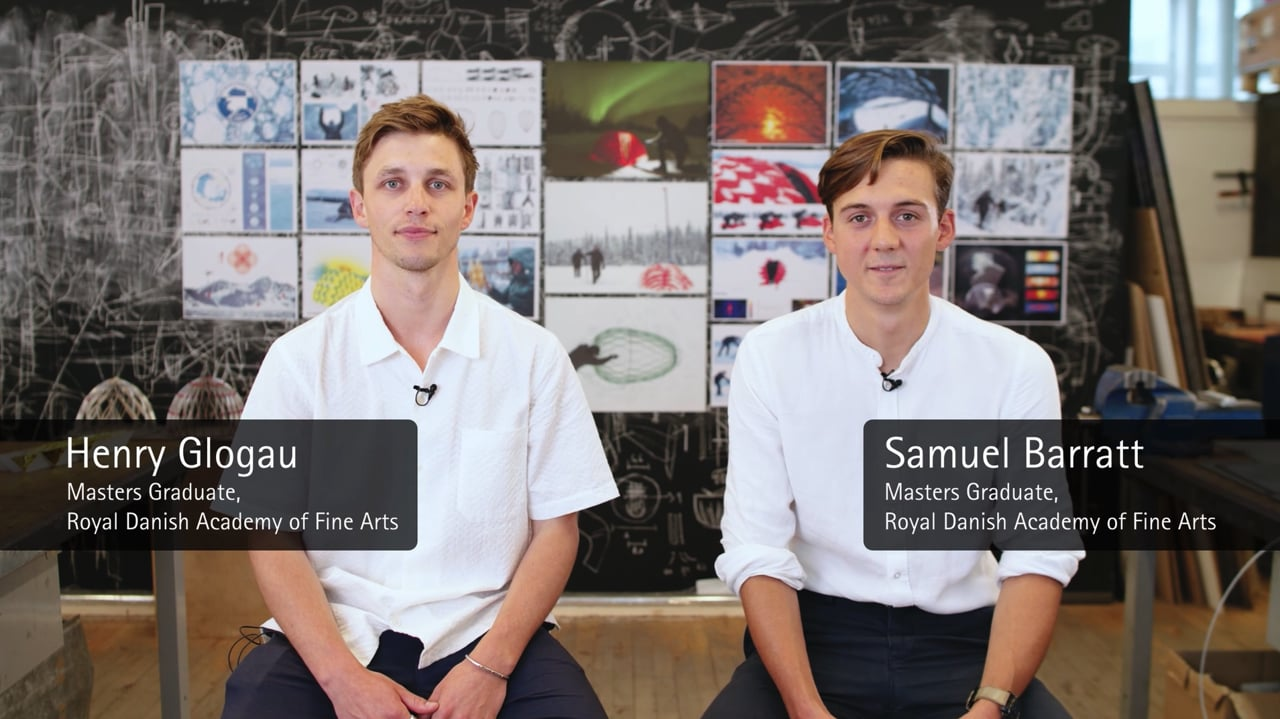
Tell us about the Deployable Emergency Shelter, why and how did you develop the concept.
The deployable emergency shelter evolved from a conversation which we had with my cousin who is an emergency flight paramedic in Fairbanks, Alaska. We spoke about his rescue mission and about how hostile Alaska’s extreme environments can be, often unpredictable and uncontrollable conditions. With temperature reaching as low as -50 degrees Celsius, shelter is vital for survival.
We wanted to design a shelter which looks to embrace and utilise these extreme conditions to its advantage, rather than fight against them. Snow became a building material rather than a burden. The shelter utilises snow capture as a natural insulator and protective layer, through a frictional origami skin and lightweight lattice structure. We spent one month in Alaska testing how the prototype would perform in different conditions. This design could be positioned along checkpoints and hiking routes and could be instantly deployed in seconds if required by somebody in trouble.
Any interesting knowledge that you have gained while developing this project?
The proposal has an intrinsic connection to its environment, with principles of biomimicry and symbiosis at its heart. We investigated how existing local organisms survive in these conditions. As a result, the design embraced the idea of using snow as a survival tool, similar both to the traditional igloo and the way bears hibernate. Biomimicry became a powerful tool that can produce high performance features.
What is the role of design in this project?
Our design process jumped between two different states of mind. The first state we tried to be as explorative and open minded to many different inspirations. Whether that was from different disciplines; nature, engineering, or science, etc. The magic seemed to happen when we found an intersecting relationship between the various combinations. Our second state of mind was taking the initial ideas and going through a more methodical process of connecting the dots and refining these ideas further. We were constantly shifting between these different states.
Will there be further development for this project? what would be the next step?
As this project was our first attempt, its construction was focused around realising the concept of a deployable emergency shelter with snow capturing capabilities. Now that we have tested this concept and realise its potential, we would love to develop areas of the project that would make it lighter and more portable so that its relevance can expand. In the field of architecture, we hope to see how this concept could be applied to areas such as building facades.
If somebody ask you if he or she should be a designer, what is your advice?
On our pathway in design within the field of architecture, we have learned a powerful and unique set of skills. Design has taught us to challenge conventional methods and to always look at problem solving from a different perspective. As designers, we have the opportunity to address topics in which we are passionate about. With this project, we have allowed our passion of the outdoors to cross over with our skill set to help address challenges that we face and that are important to us.
Red Dot Award: Design Concept celebrates winners on 6 and 7 October
The winners of Red Dot Award: Design Concept 2020 will be honoured for their design accomplishments, their celebratory and winning moments filled with glitters and confetti will be presented online during the Online Award Celebration from the 6th October 2020. The highest level of distinction accorded at the award, the Red Dot: Luminary, will be revealed online on 7th October 2020 at 6pm Singapore Standard Time.

